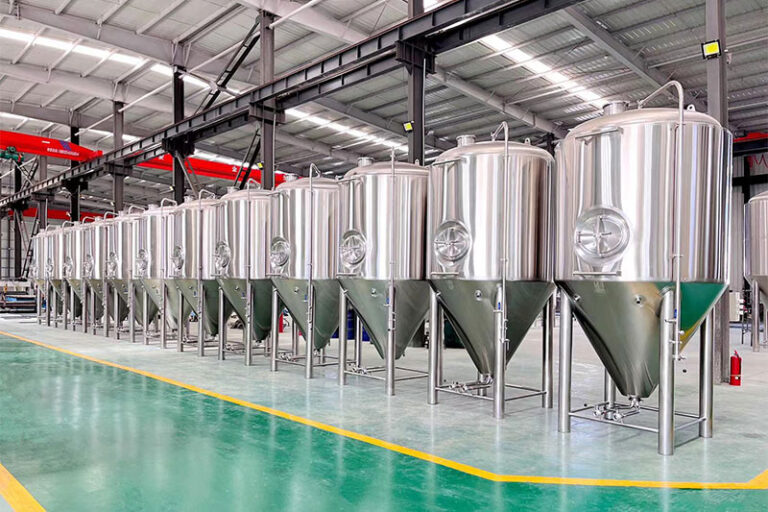
What is a stainless steel tank?
Single-wall stainless steel tank
Double-wall stainless steel tank
Stainless steel composite tank
Jacketed Stainless Steel Tank
These types of stainless steel tanks are used in processes that must extra heating, cooling, or thermal stability. Heating or cooling fluid flows through the space between two stainless steel plates or sheets. Heat transfer occurs through the inner wall. After heat transfer, the heated or cooled liquid is returned to the utility system (boiler or cooling tower).
- Conventional jacket: The outer wall of this stainless steel jacketed tank is supported only by a baffle welded between two metal sheets or plates. The space between the walls is the annular space. Traditional jacketed stainless steel tanks are best suited for low-pressure applications. When higher pressures are applied, the cost increases due to the increased thickness required of the outer wall.
- Dimple Jacket: In this type of jacketed tank, the outer wall is spot welded or plug welded to the tank. This method of attachment to the inner wall creates depressions or “dimples” as seen on the outer surface of the outer wall. The arrangement of the indentations can be staggered or in a straight line. It is stronger than traditional sheathing due to the larger effective attachment area, allowing the use of thinner sheets. Yet, this does not apply to processes using rapid heating and cooling cycles, as thermal shock can weaken the weld.
- Stainless steel process tanks: These types of stainless steel tanks are used to mix, dissolve, or homogenize process components or ingredients in most manufacturing and industrial plants. The main feature of these tanks is the agitator or mixing head. Many different blender designs are available. Examples include high-shear mixing heads, mixing paddles, impellers, and spiral agitators.
Stainless steel 304 and 316
Also to its steelmaking alloy, 304 stainless steel consists of 18-20% chromium, 8-11% nickel, and 2% manganese. This type of stainless steel is the most popular because it is less expensive than other grades of stainless steel and provides adequate corrosion resistance for most uses. Due to its austenitic metallurgical structure, it is versatile and suitable for forming a wide range of products.
316 Due to the addition of molybdenum, this grade is more corrosion-resistant than stainless steel 304. To counter molybdenum’s ability to increase the production of ferrite minerals, it contains more nickel. Chemical storage tanks and tanks in marine environments are two common applications for stainless steel 316. The low carbon grade of stainless steel 316, 316L, is like stainless steel 304. For high-temperature applications, lower carbon content is also used to avoid allergies.

Which is better, stainless steel storage tanks or plastic storage tanks?
Are you wondering which option is better – stainless steel tanks vs plastic tanks? It depends on the application, as each type has its advantages and disadvantages. When making your choice, you should consider the following:
- Durability: Stainless steel is a very durable material that resists corrosion and extreme temperatures. Plastic storage tanks are less durable. Additionally, they may be prone to cracking or leaking under certain conditions.
- Setup: Stainless steel tanks often must professional installation, but they are often more cost-effective in the long run if you choose a reliable stainless steel tank manufacturer. Plastic tanks, but, are easier to install.
- Variety: Stainless steel and plastic storage tanks are available in various sizes and shapes. Because of this, they can be customized to specific needs. So, before making a decision, check out the available options to see which ones meet your requirements.
Transportation Cost: This is one of the main differences between stainless steel storage tanks and plastic storage tanks. As you might guess, stainless steel tanks are heavier and more expensive to ship than plastic tanks. At the same time, but, they are also easier to transport due to their rigid structure. Plastic storage tanks are lighter and cheaper to ship but may must reinforcement for long-distance transport.
How to find a good stainless steel tank?
- Choose a high-quality stainless steel tank: Look for tanks made of high-grade stainless steel, such as 304 stainless steel or 316L stainless steel. These materials have excellent corrosion resistance and have a longer service life.
- Sturdy and leak-proof: It makes sense to choose a sturdy stainless steel tank. Also, look for seams in the tank; joints should be well sealed to prevent leaks. This ensures that the water is contained within the tank without any risk of waste or damage.
- Look for customization: Ready-made stainless steel tanks may be suitable for homes but are suitable for commercial purposes; a custom-made stainless steel water tank will be very practical and beneficial.
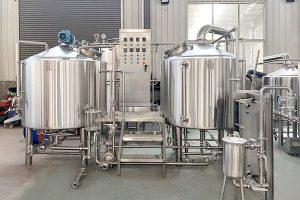
Beer Brewery Equipment Manufacturer The brewing supplies provided by Micet Craft can support your brewing needs from small batches of micro beer brewing equipment to
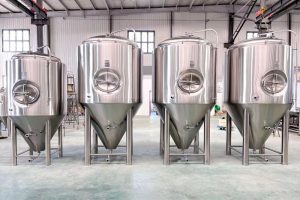
China stainless steel fermentation vessels manufacturer The fermentation tank is where the beer carry out the fermentation process, it provides a place suitable for life
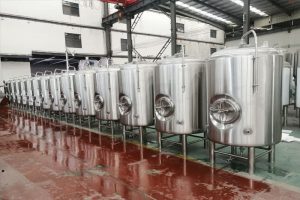
Professional bright Beer tank manufacturer from China The bright tank is a vessel for storing and carbonated beer, it is also called the brite tank.
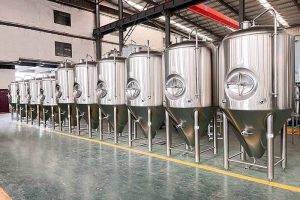
China brewing equipment manufacturer and suppliers Micet Craft has cooperated with breweries in many countries around the world to provide them with brewing equipment. We
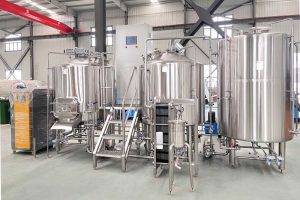
Best brewhouse equipment manufacturer from china Brewing good beer requires brewhouse equipment. Whether you are brewing beer for home, business or brewery, Micet Craft can
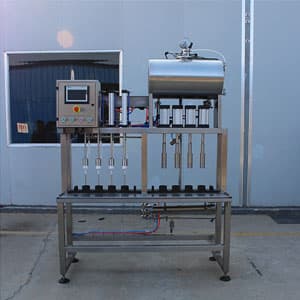
Professional beer filling machine manufacturer Beer filling machine is the core equipment of the beer production line. Our beer filling system uses stainless steel as

Best beer brewing system manufacturer from china Micet Craft is a professional beer brewing system manufacturer in China. We mainly produce high-end customized turnkey brewing

